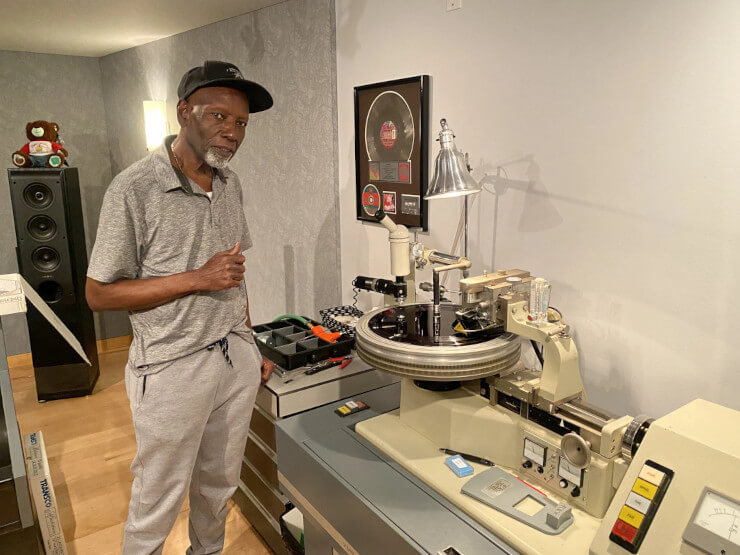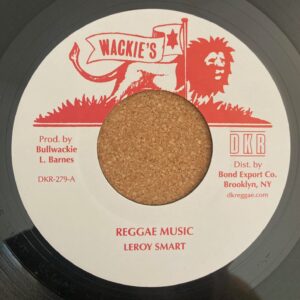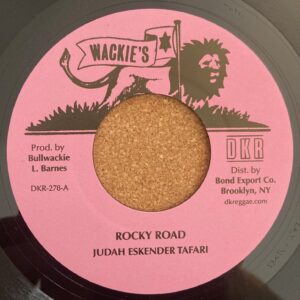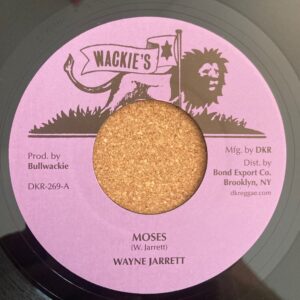Wackies, the reggae record label founded in 1976 by Lloyd “Bullwackie” Barnes, holds a significant place in the history of reggae music.
Jamaican music producer Lloyd Barnes opened Wackies in the heart of the Bronx: his studio quickly started shaping a unique sound that bridged the roots of Jamaican reggae with the gritty, urban energy of New York City.
The man behind Wackies: Lloyd Barnes
Lloyd Barnes was born in 1944 in Kingston, Jamaica. He started working as a tailor, making clothes for early sound system selectors and reggae pioneers like Stranger Cole, Ken Boothe and Peter Tosh.
In the mid-1960s, he became deeply involved in Jamaica’s music scene, working as a sound engineer at Duke Reid’s Treasure Isle and recording with Prince Buster.
He further developed his skills at Studio One, where major artists like Bob Marley and the Wailers got their start.
Barnes also promoted dance sessions and managed transportation, expanding his role in the entertainment industry.
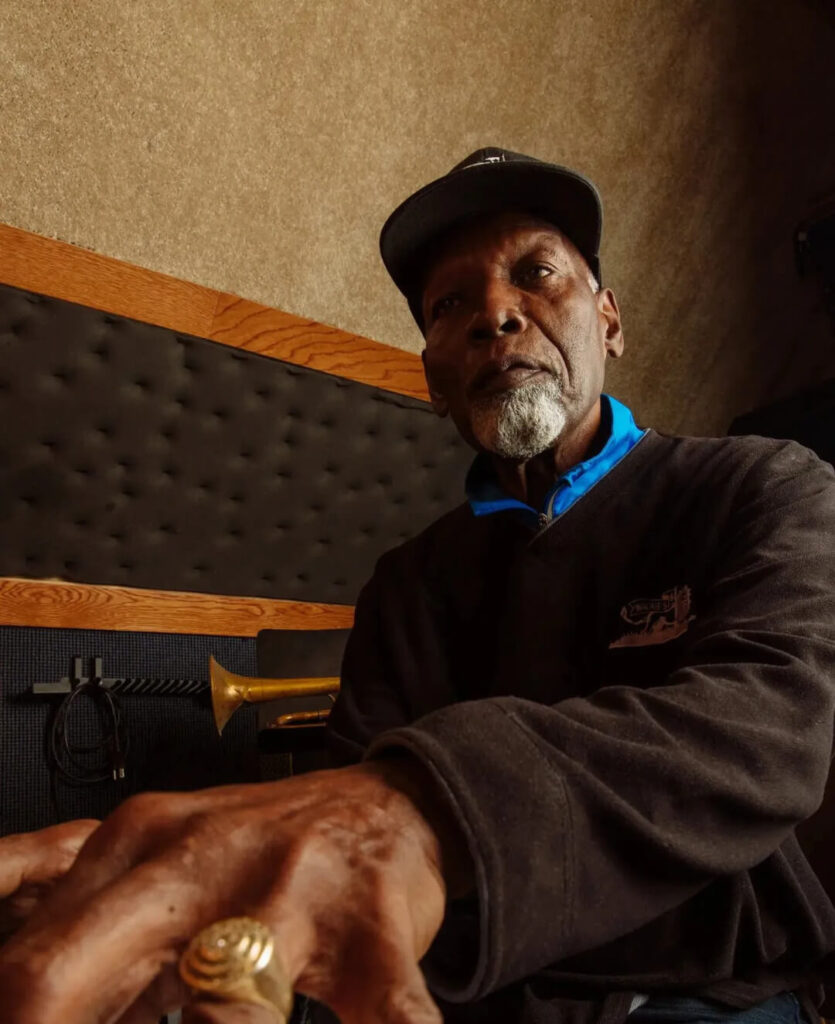
In the 1960s, Lloyd Barnes moved to the U.S., where he enrolled in an upholstery trade school in Manhattan while pursuing his DJ passion at night.
He transported his DJ equipment across New York for gigs in Brooklyn, Queens, and the Bronx.
Barnes – who also went by Mr. Wac, The Originator, Bullwackie, and Wackie – soon started recording music at home, producing dub plates for his well-known sound system, “Bullwackies Disco.”
Around 1974, he opened his first recording studio in the Bronx, a four-track facility that was New York’s first dedicated reggae studio.
Expansion and evolution of Wackies
Thanks to the high demand for studio time, Lloyd Barnes moved to a larger space in the Bronx in 1976. The label’s flagship location was on White Plains Road, where Barnes established the “Wackies House of Music.”
An eight-track upgrade was afforded here, allowing the Wackies sound to mature and develop, marking the late 1970s and early 1980s as its most distinctive period.
Throughout the 1970s and 80s, Wackies churned out a distinct, roots-heavy sound infused with dub elements, creating tracks with notable artists like Horace Andy, Sugar Minott, Wayne Jarrett and Milton Henry.
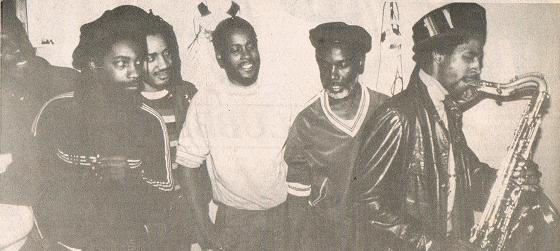
Barnes’ studio became known for its raw, atmospheric productions that resonated deeply with listeners overseas.
It became a cult favorite in Europe and Japan, influencing future genres and artists like Massive Attack and Rhythm & Sound.
Despite challenges, including the shift to digital music and having no external backing or major-label link, Wackies survived by adapting and maintaining a solid connection to reggae’s roots.
Today, it remains an iconic symbol of the genre’s global reach and a testament to Barnes’ vision and resilience in the face of changing times.
Wackies continues to inspire, keeping the legacy of New York reggae alive for future generations.
Sources:
Wackies Music Official Website bullwackiesmusic.com
redbullmusicacademy.com
nytimes.com
Cover image: Wackies Music Official Website bullwackiesmusic.com

